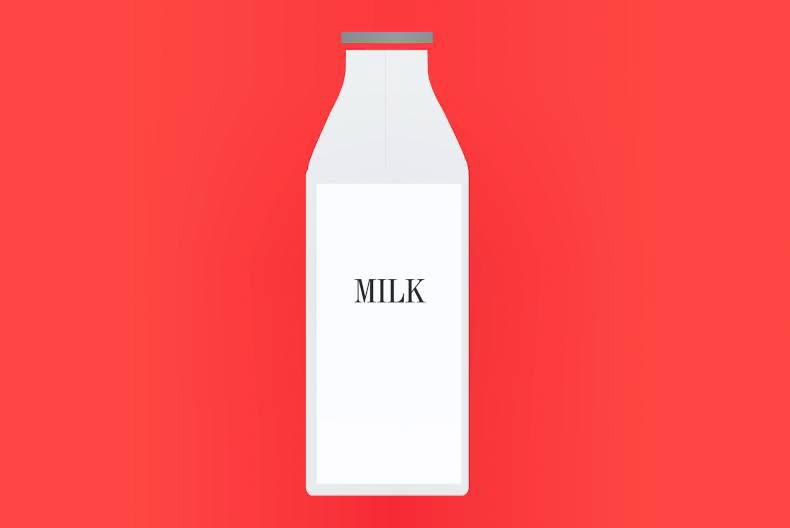In many cultures of the world, especially the West, humans continue to consume milk beyond infancy. Initially, the ability to digest milk was limited to children, as adults did not produce lactase, an enzyme necessary for digesting the lactose in milk. Milk was therefore converted to curd, cheese and other products to reduce the levels of lactose.
But thanks to a chance mutation thousands of years ago, humans can now produce lactase in adulthood. This has allowed milk be used as a source of nutrition when other food sources failed.
Today, when we consume dairy, we think about drinking it, but shifts in lifestyles and habits of the modern consumer are changing the traditional ways we access dairy protein.
The demise of liquid milk
Milk consumption in Europe and North America is very high, typically more than 150kg per capita per year, with consumers preferring to “eat” their milk rather than drink it. By volume, liquid milk is the most consumed dairy product throughout the developed world but sales have been tumbling for years. Per-capita, US milk consumption, which peaked around World War II, has fallen almost 30% since 1975.
One of the largest causes for this decline is happening at the breakfast table. For generations, cereal has been the bedrock of the traditional breakfast. However, the popularity of breakfast cereals has been declining for more than a decade as on-the-go consumers now opt for healthy convenience products, such as granola bars, greek yoghurt and fruit, snacking at their desks or during their commute.
On top of this, the largest consumers of cereal have traditionally been children, but with the birth rate in the developed world in decline, this key demographic is shrinking rather than growing. To combat the decline, traditional dairy products are having to reinvent themselves as healthy, innovative and convenience products.
This is best seen with butter, where the per-capita demand is on the rise in the US, with production back to levels not seen since World War II. While the average American now consumes 2.5kg of butter per day, this is still only one-third of what people were eating in 1930.
Eating more dairy
Similarly, in the 1970s, Americans consumed 193m kg of yoghurt; today, that has risen to 2bn kg. And they are eating more cheese. In the same period, cheese consumption has gone from just over 8.6kg per person per annum to nearly 16.3kg.
Cheese consumption in the developed world, particularly in the US, has soared thanks to fast food and casual dining restaurants, as well as being an ingredient in almost all convenience foods and prepared products. While the French produce more than 1,000 varieties of cheese, it is the Greeks who actually eat the most, consuming an average of 31kg per person annually.
Thanks to its versatility and convenience, cheese can be used in almost any dish. Of all the cheese manufactured, almost half of it is used as an ingredient for further processing. The greatest driving force behind the increase in cheese consumption has undoubtedly been pizza.
Americans alone consume 100 acres of pizza every day, while 93% of Americans eat at least one pizza per month. In 2014, pizza sales in the US amounted to more than $38.5bn. Pizza-makers now use one-quarter of all the cheese manufactured in the US, at a cost of more than $4bn per annum.
In the developing world, the annual consumption of dairy products is very low because dairy has not been a traditional part of culture or eating habits. For example, urban per-capita dairy consumption in China now stands at 18kg/head, with rural consumers averaging 3kg to 5kg/head. And urban residents consume 90% of all dairy products.
If China’s dairy consumption was to increase from the average 10kg/head to even Japanese levels of 60kg/hd, China would consume an extra 70m tonnes of dairy, dwarfing Ireland’s total dairy production.
China is set to become the largest consumer market for dairy products in the world and, since 2000, consumption has soared by 12.8% annual growth rate. But this growth will be for a different range of dairy products to western consumer preferences.
The spectacular expansion of China’s urban market for dairy products is driven by a combination of technology adoption, changes in retail supply chains, consumer trends, income growth and government policies. But possibly more important has been the arrival of the fridge, allowing expensive dairy products a longer shelf life.
The rapid development of supermarket chains in the 1990s and the advent of inter-regional shipments of dairy products have also helped. Moreover, the trend among Chinese supermarket chains toward centralised distribution and procurement allows dairy processors to have access to consumers throughout China.
Chinese households purchase milk three times per week, on average, buying four or five single-serving packages at a time. Other dairy products are purchased less frequently, averaging only one or two servings every two weeks. Milk powder is seen as an inferior product and is consumed more frequently by households living further from city centres. Chinese don’t traditionally purchase cheese in the supermarket, but they are consuming it through cheeseburgers or pizzas demonstrating the influence of the growing presence of western-style food restaurants on Chinese consumption patterns. Ice-cream consumption is positively influenced by the household’s proximity to a McDonald’s restaurant (a proxy for the availability of western-style foods).










SHARING OPTIONS